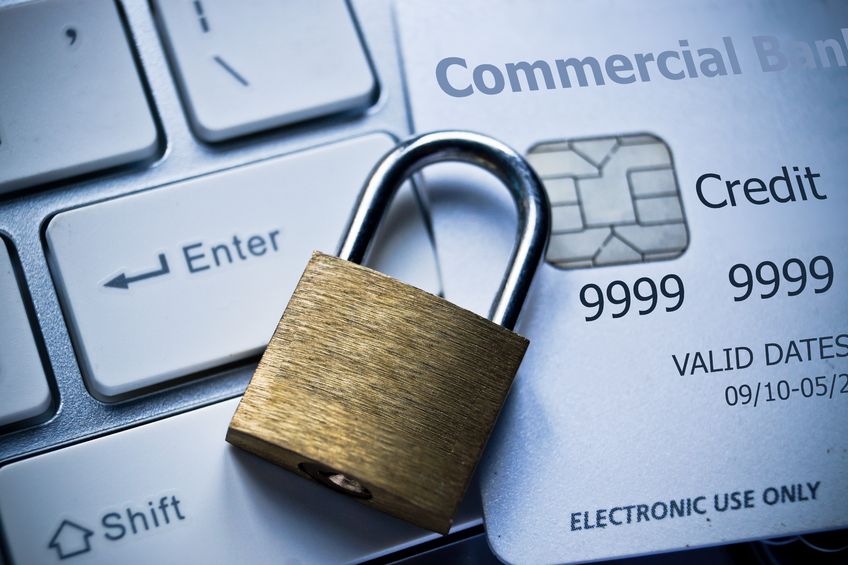Protecting your clients from credit card fraud

Did you know that since 2016, 15 million people have become victims of credit card fraud? Javelin Strategy and Research estimated that credit card fraud cost $16 billion that year. With credit card fraud on the rise, learning how to safeguard against cyber criminals is more important than ever before. Here’s information your clients should know about how to use credit cards safely and lessen the chances of becoming a victim of identity theft.
Purchases online should only be completed through secure sites. Look for ‘HTTPS’ instead of just ‘HTTP’ in the address bar. HTTPS means that your information is secured and encrypted. Once a user enters information, it’s scrambled, and hackers can’t read it if they were to attack the website. A company that respects its customers and their private information should secure their website. Equally important, if something doesn’t feel right about a website when shopping online, don’t give out your credit card information. Better to be safe than sorry.
Consumers must also be alert when using credit cards offline. Skimmers are on the rise. The reason being is that it’s more high tech, which means most people don’t know about it, and its less risky than other crimes. Skimmers are made to look like a regular card reader that you find at the gas pump or at an ATM. What’s different about skimmers is that they may have a camera inside the tampered card reader that takes a snapshot of your information and sends it back to hackers. Paying inside rather than paying at the pump lessens the chance of skimmers being able to access credit card information.
Those are a few ways to prevent becoming a victim of credit card fraud. For more ways to combat credit card fraud, visit the Federal Trade Commission’s website.
If your clients are worried about credit card fraud and other types of identity theft, you may want to suggest purchasing a personal cyber liability insurance policy. This is usually offered through an insurance company’s identity theft insurance. Depending on the company, identity theft/personal cyber liability coverage may be purchased as a stand-alone policy or purchased as an additional coverage option to an existing policy, such as homeowner’s insurance.


